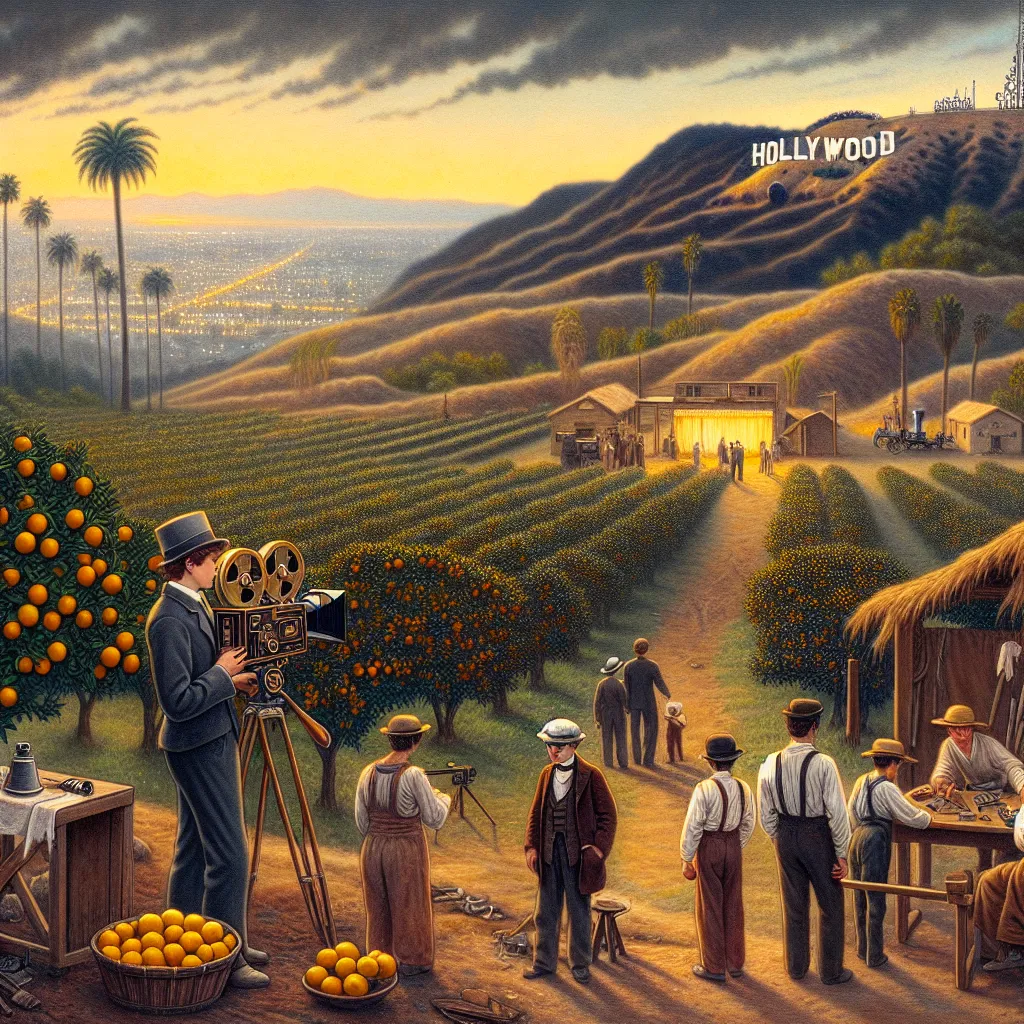Rolex is one of those brands that everybody recognizes. Think about it - your ex-wife’s lawyer, your boss, and your boss’s boss might all sport one. It’s a brand that attracts people who have a lot of money, those looking for social validation, or simply collectors who appreciate the craftsmanship. But owning a Rolex is more than just a status symbol; it’s like having a piece of art on your wrist, packed with over a hundred years of history.
The company we know as Rolex today is the creation of Hans Wilsdorf, a German orphan who lost his parents at age 12 and was sent to a boarding school in Coburg. There, he learned English so well that he landed a job as a translator at a Swiss watch export firm, Cuno Korten, one of the biggest at the time. This job exposed him to influential figures in watchmaking, including Hermann Aegler, who owned a factory that produced components for watch mechanisms.
Seeing potential in wristwatches, Hans partnered with his brother-in-law and started Wilsdorf and Davis in 1905. He imported high-quality wristwatches from Aegler’s factory to England and quickly saw success due to the superior Swiss mechanisms. In 1908, Hans understood the importance of brand recognition and created the brand name Rolex, which was short, catchy, and easy to inscribe on watch dials.
Rolex was awarded the Swiss certificate of chronometric precision in 1910 and received a Class “A” Precision rating from the Kew Observatory in 1914. However, World War One truly catapulted Rolex into popularity. Soldiers found pocket watches inconvenient and turned to Rolex wristwatches for their quality and durability.
Post-war, Rolex faced a setback with a hefty British import duty on luxury goods, which forced Hans to move his operations to Geneva in 1919. There, he focused on innovation. In 1926, Rolex launched the Oyster model, the first commercially successful waterproof watch, featuring a hermetically sealed case and a crown mechanism that kept water out.
In 1927, Hans cleverly promoted the Oyster by giving it to Mercedes Gleitze during her swim across the English Channel, proving its reliability. This was a marketing triumph, and Rolex continued to leverage high-profile achievements to boost its reputation. From Lord Clydesdale’s flight over Everest to the Trieste’s dive into the Mariana Trench, Rolex watches became known for their endurance.
Hans realized the need to expand and created the Tudor brand in 1946, offering similar reliability at a lower cost. He continued innovating until his death in 1960, after which the Hans Wilsdorf Foundation took ownership of Rolex.
Despite the Quartz Revolution threatening the Swiss watch market in the late 1960s and early 1970s, Rolex survived by sticking to its guns - superior craftsmanship and brand prestige. Even today, each Rolex takes over a year to make and much of the process is done by hand. Rolex doesn’t outsource, ensuring unparalleled quality, making every watch a collectible.
Rolex remains a giant in the luxury watch industry, producing only 1% of the watches sold worldwide but holding a quarter of the market value. They’re the official timekeepers for numerous prestigious events, solidifying their place as symbols of wealth and craftsmanship.
From the early days of Hans Wilsdorf to today’s luxury status symbol, Rolex’s story is truly captivating. Whether you’re a fan of watches or not, it’s hard to deny the allure of this decades-old brand that has masterfully blended history, craftsmanship, and marketing.






